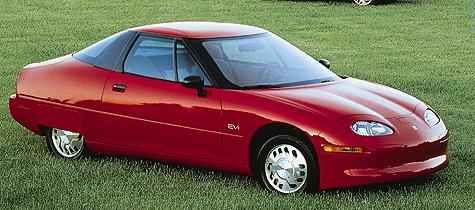I used to design/build/race with Aurora. The best we ever measured on the track, on a 93 car with a male plug pulled direct from the mould and then polished up (Ie no cells, which roughen the surface), was around 0.08 (+/- 0.01).
http://www.aurorasolarcar.com/Galleries ... nAurora-23
That car used a laminar flow airfoil, using wool tufts we demonstrated separation at about 60%, just behind the bubble, but didn't have it in a windtunnel so never found where the laminar transition was, but it must have been close to that. That car was fitted with wheel spat blockers, to reduce internal circulation, we didn't race with them.
Adding cells to that shape we were were probably up around 0.10, but I don't think we ever measured the race body, that is inferred from the telemetry. UNSW and Tuggerong raced various versions of these cars later, they may have made better measurements.
I do not know the figures for the later cars (I was mostly chassis driveline motor and strategy), they look better to me. Here's one that was designed using CFD.
http://www.aurorasolarcar.com/Galleries ... Janeiro-22
The big compromise in the tricycle design is that the front wheel spat has to be quite wide so you can steer. This accelerates the flow under the body. It then has to get around the rear wheel spats. That increases velocities and so friction.
On one of the cross country jaunts we optimised the ride heights and got the energy consumption down to 8 Wh/km - solar cars aren't especially efficient in some sense because they have a relatively large frontal area for a single person vehicle.
Incidentally Cd*frontalA is a lousy way of looking at solar car aero, it's actually skin friction that matters, pressure recovery and interference drag is a tiny part of the equation in a well sorted design.

